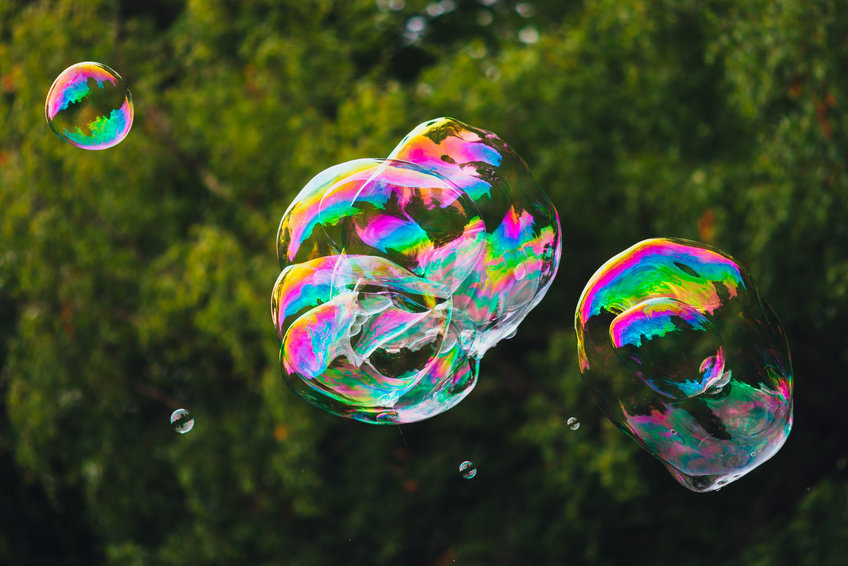Scientists Studied The Blowing Soap Bubbles Activity And Found Many Applications For That, Besides Amusing Our Children

Can you imagine that blowing soap bubbles, one of the most enjoyable childhood activities, has recently been the subject of a scientific study? Well, the researchers at the New York University studied it, from a scientific point of view, and found many applications for that in the consumer products industry.
Here’s how blowing soap bubble functions from the scientific point of view
Conducting many lab experiments that simulated blowing soap bubbles, the scientists found two methods to make bubbles. One is by blowing the soap film with a constant, strong wind through a circular wand, while the other way to produce soap bubbles is to use a gentle blow on an already-inflated bubble to help it grow further.
“This second method might explain how we often blow bubbles as kids: a quick puff bends the film outward, and after that, the film keeps growing even as the flow of air slows,” said Leif Ristroph, an assistant professor at NYU.
The first method, on the other hand, “is used by the bubble blowers we see in parks in the summertime,” said Ristroph. “They simply walk, sufficiently fast, it seems, with a soapy loop of rope, which provides the relative wind needed to stretch out the film,” the researcher added.
The science behind blowing soap bubbles has many applications in the consumer products industry
The study, published recently in the Physical Review Letters journal, highlighted some uses for the science behind blowing soap bubbles, especially in the sector of consumer products based on bubbles and droplets, such as foams, sprays, and creams.
To better observe the science behind soap bubbles and its potential applications, the scientists changed the game and experimented with oil films suspended in flowing water.
“Working with water instead of air has many advantages in terms of controlling, measuring, and seeing flows,” said Ristroph. “We can now say exactly what wind speed is needed to push out the film and cause it to form a bubble, and how this speed depends on parameters like the size of the wand,” the scientist concluded.
0 comments